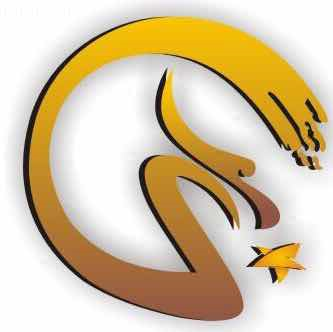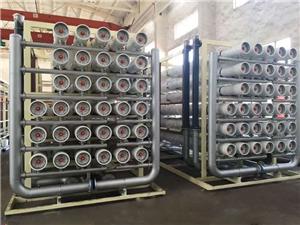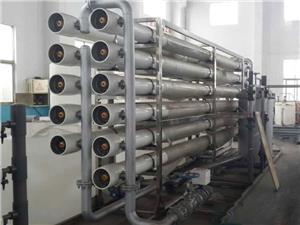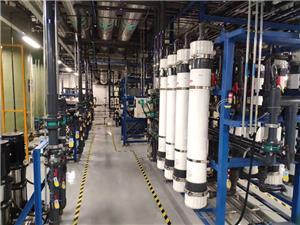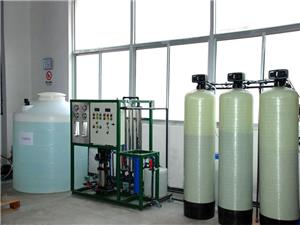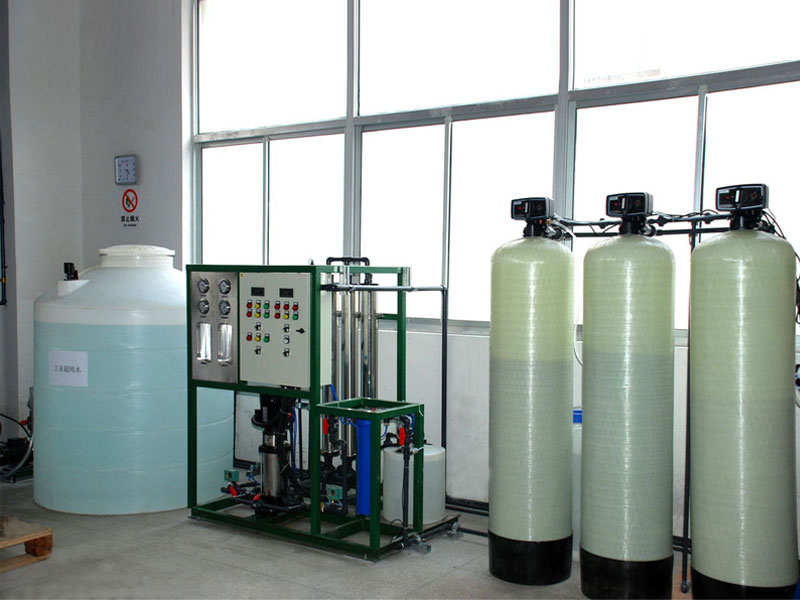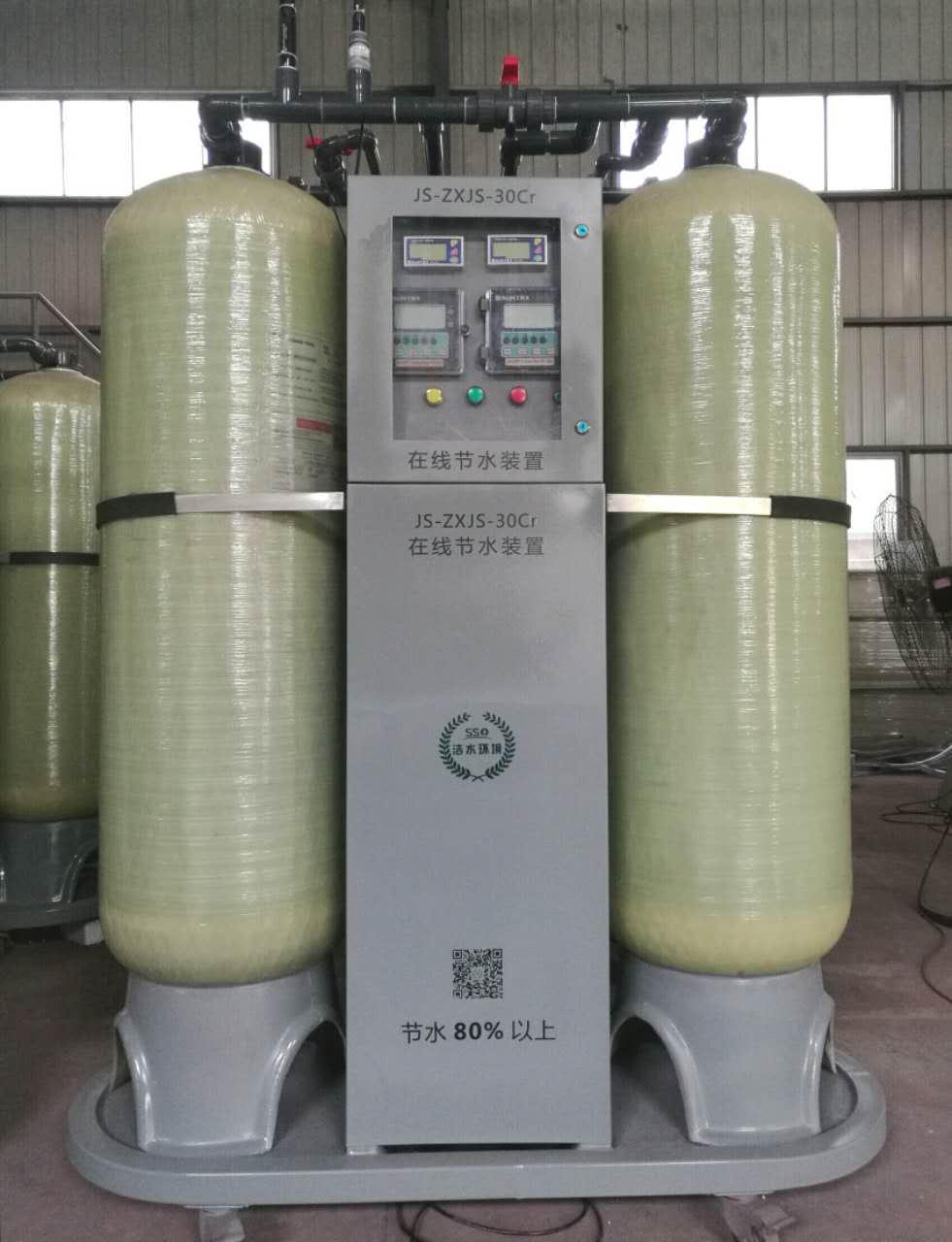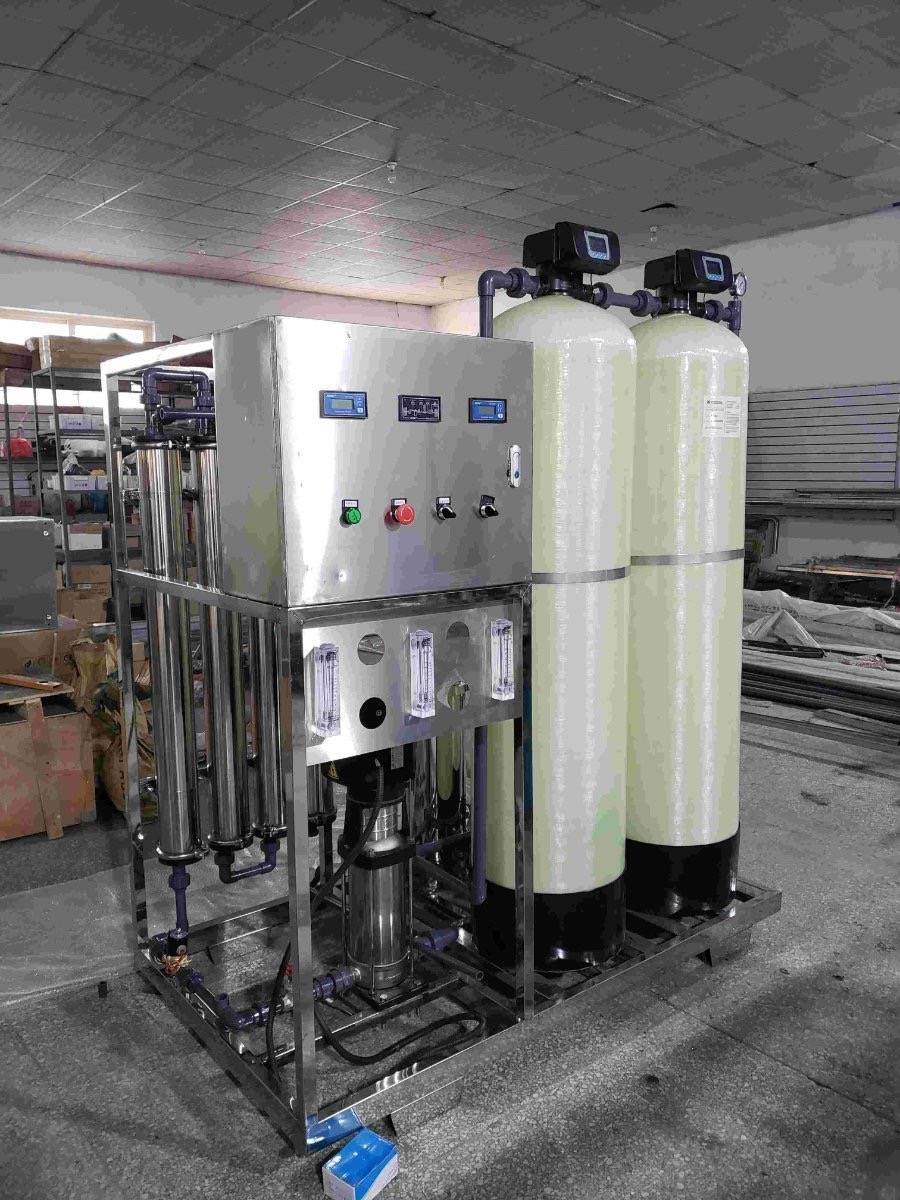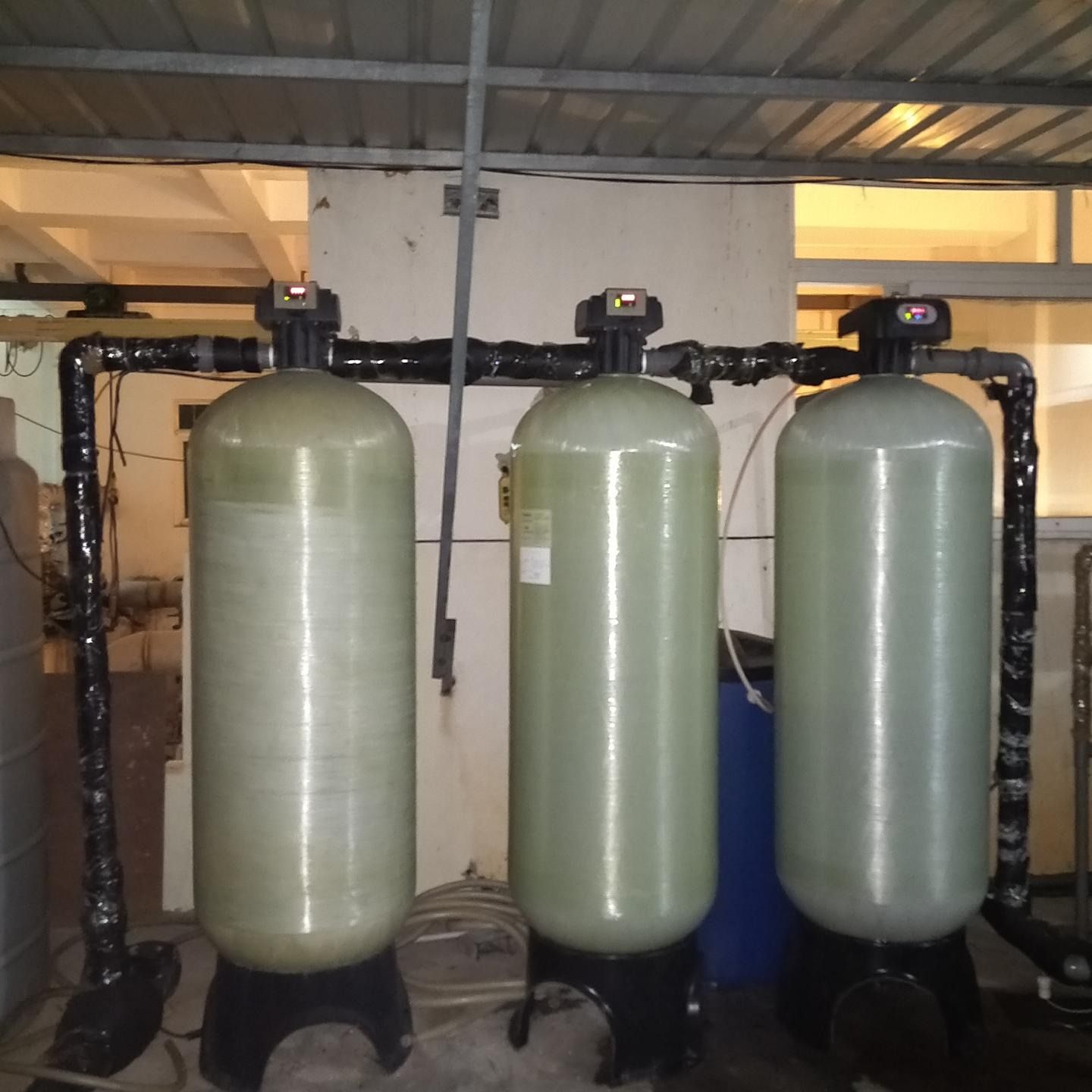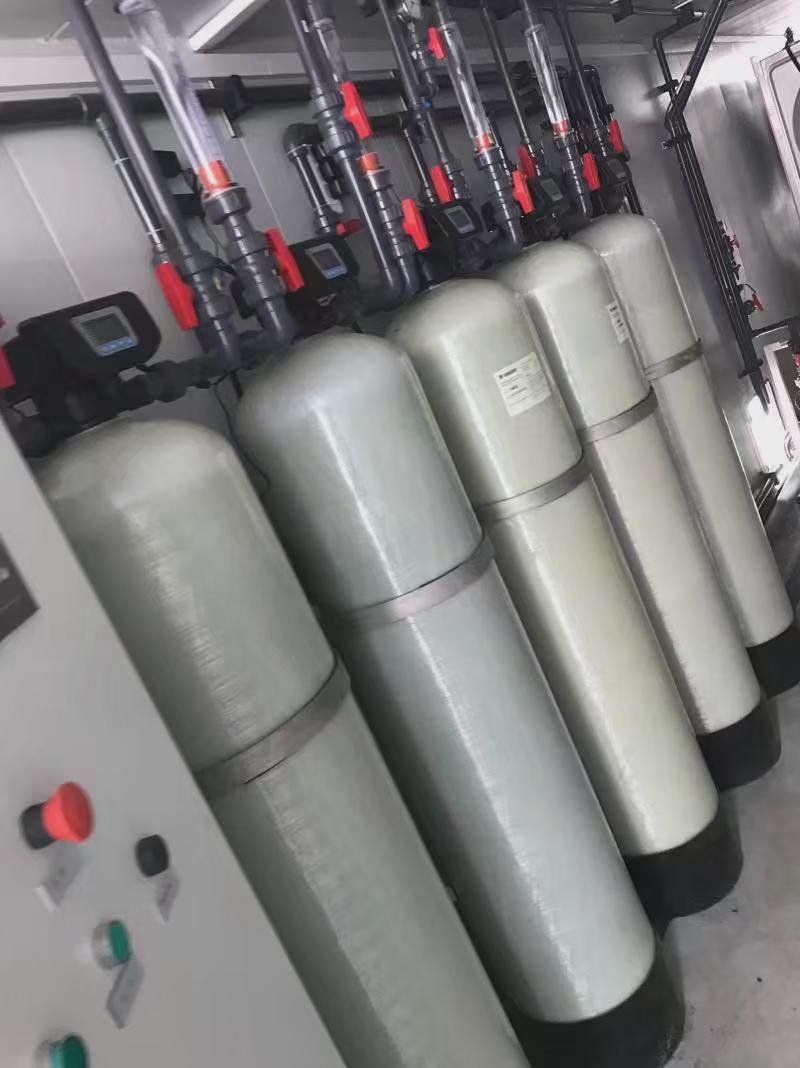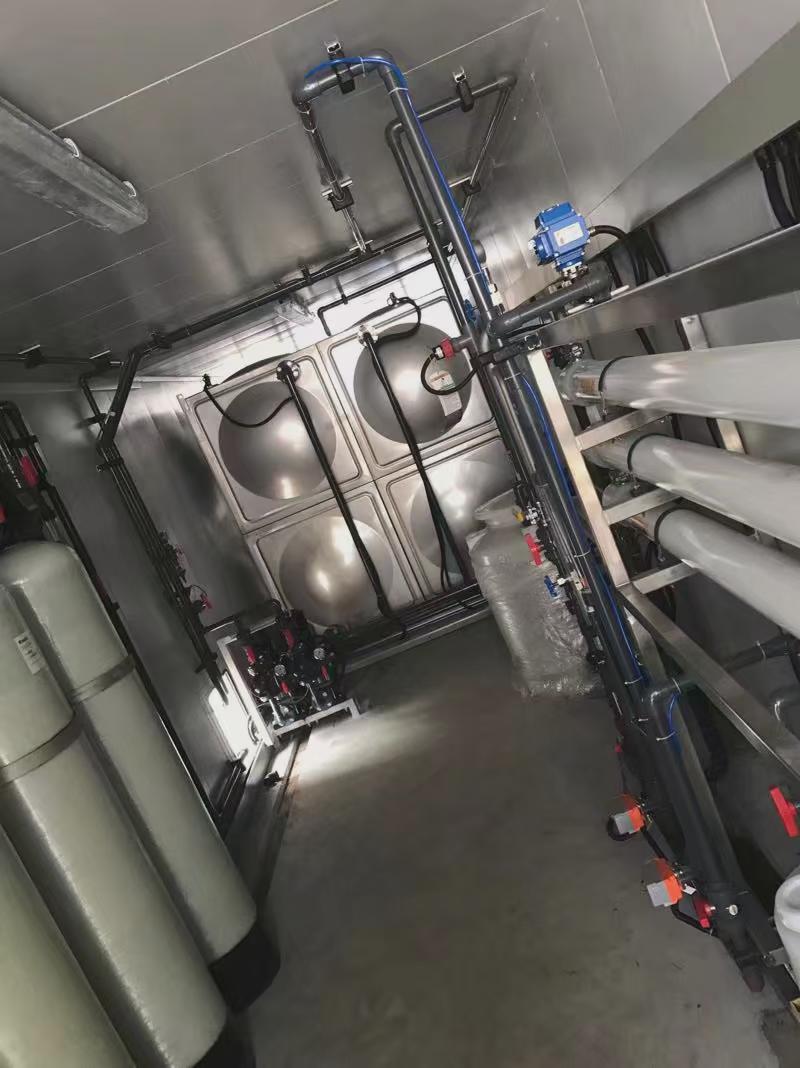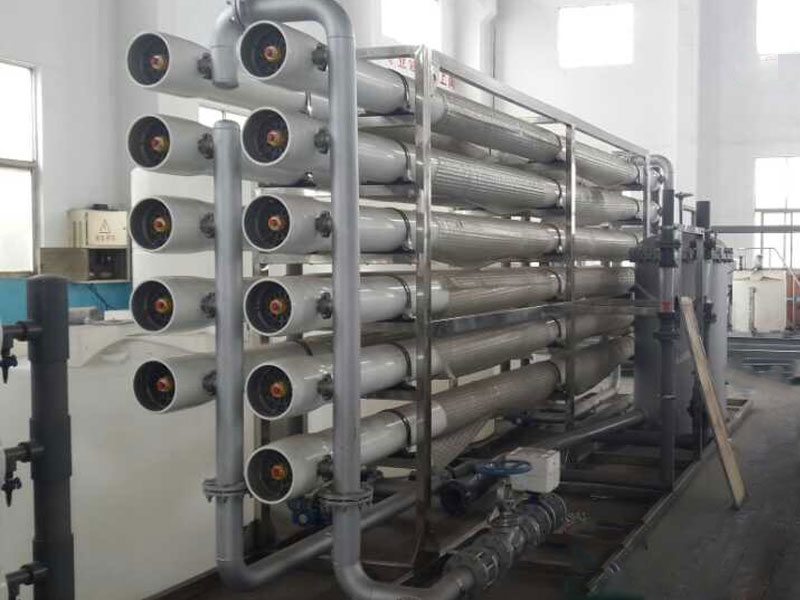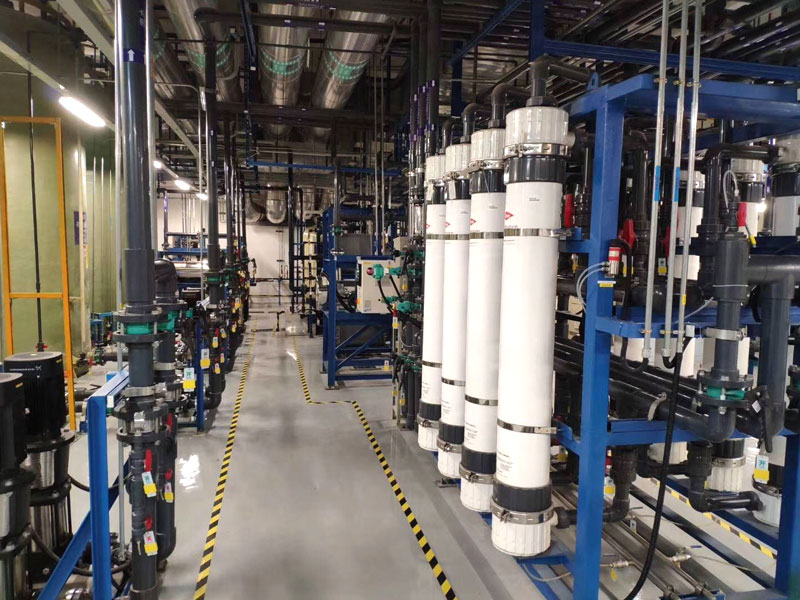
Ion Exchange Device
Brand FUXIN
Product origin Jiangsu
Delivery time 10-20 weeks
Supply capacity 1000 sets/year
Ion exchange is a commonly used method in water treatment technology. Ion exchanger uses the selectivity and equilibrium reaction principle of anion and cation exchange resin to remove water
Electrolyte ion is a kind of water treatment equipment, which is widely used in water treatment, especially in the preparation of high-purity water.
Ion exchangers are divided into cation exchangers and anion exchangers.
When the raw water passes through the ion exchange column, the cations and anions in the water (HCO plasma) are connected with the H + ions and anion trees of the cation resin in the exchange column
The OH - ions of lipids are exchanged to achieve the purpose of desalination. The different combination of cation and anion mixed columns can make the water quality meet higher requirements.
Download
A. Product introduction
Ion exchange is a commonly used method in water treatment technology. Ion exchanger uses the selectivity and equilibrium reaction principle of anion and cation exchange resin to remove water
Electrolyte ion is a kind of water treatment equipment, which is widely used in water treatment, especially in the preparation of high-purity water.
Ion exchange is carried out in electrolyte solution through ion exchange resin, which can remove various anions and cations in water. It is the current process flow for preparing high-purity water
An irreplaceable means in the process.
Ion exchangers are divided into cation exchangers and anion exchangers.
When the raw water passes through the ion exchange column, the cations and anions in the water (HCO plasma) are connected with the H + ions and anion trees of the cation resin in the exchange column
The OH - ions of lipids are exchanged to achieve the purpose of desalination. The different combination of cation and anion mixed columns can make the water quality meet higher requirements.
B. working principle
Anion exchanger
After cation exchange, the water with. Polarity enters the anion exchanger equipped with Oh type anion exchange resin, and the following reactions occur:
H2SO4+2ROH-→R2SO4+2H2O
H2CO3+2ROH-→R2CO3+2H2O
HCI+ROH-→RCI+H2O
H2SiO3+ROH-→RHSiO3+H2O
It can be seen that after the cation anion exchange treatment, all kinds of ions in the water are almost removed, and generally more than 99% of the salt content in the water can be removed.
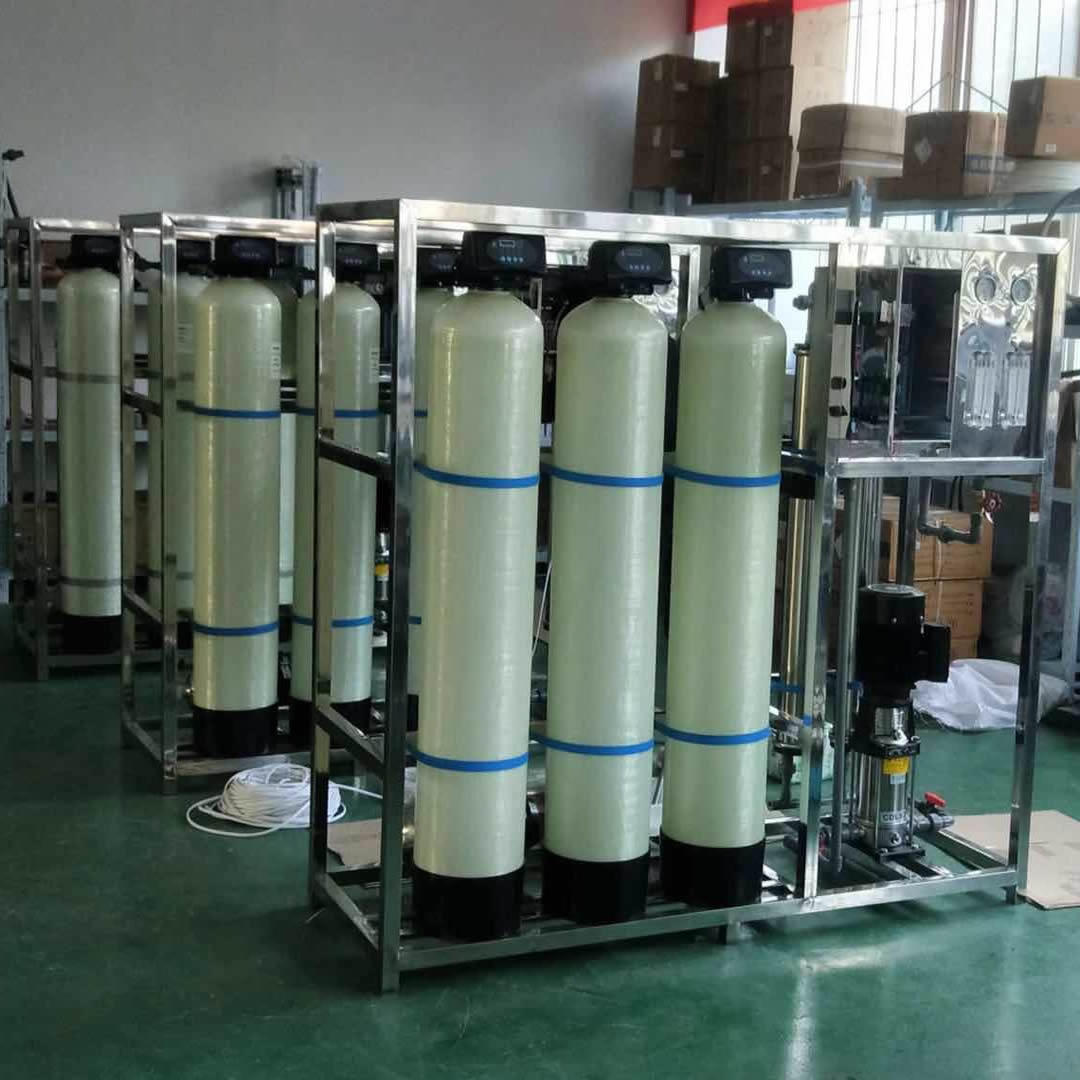
C. Structure description
a. Water inlet device
The upper part of the exchanger is provided with a water inlet device to make the water evenly distributed.
b. Intermediate discharge device
The intermediate discharge device is set on the interface between cation (anion) resin and grease pressing layer, which is used for discharging (alkali) waste liquid and small backwashing water. The type is DN500 ~ 600
Type II middle row is of double header type: type DN800 ~ DN3200 is of branch header type, with small holes on the pipe and one layer of plastic window screen and 60 mesh nylon mesh coated outside the pipe.
The materials are 1Cr18Ni9Ti.
c. Drainage device
The equipment of DN1200 and below adopts perforated plate with pagoda type ABS water filter cap, and the equipment of DN1500 and above includes perforated plate with filter cap and sand cushion
The form of porous plate varies according to different equipment specifications. DN500 ~ DN600 are made of UPVC, and DN800 ~ DN3200 are made of steel lining rubber.
In addition, a mirror is set at the outlet of the drainage cap at the lower part of the exchanger, the resin surface and the backwashing expansion height to observe the working conditions in the body. A tree is set on the upper part of the cylinder
A resin discharge outlet is arranged at the lower part of the cylinder near the perforated plate. Hydraulic conveying can be adopted for resin input and discharge.
D. usage method
a. Resin treatment
Before the resin is installed into the exchanger, it shall be screened first, soaked in 8 ~ 10% NaCI Solution for 20 hours, drained of salt water and washed with water
Resin, until the effluent does not show yellow color. Or soak in 5% HCI solution for 2 ~ 4 hours, drain the solution, and then rinse the resin with water until the drainage connection is connected
Near neutral. Install the resin into the equipment to the specified height, and conduct a backwash after the resin is installed.
b. Run
A certain height of water cushion must be maintained in the equipment to prevent water from directly impacting the grease layer on the resin layer. Before putting into operation, it is necessary to carry out forward washing and open the water inlet
Valve (D1) and exhaust valve. When the water is full, close the exhaust valve, open the washing drainage valve (D5), and then turn it into operation until the water quality is qualified, that is, close the washing drainage valve
Water valve (D5), open water outlet valve (D2).
c. Regeneration
When the effluent quality exceeds the index or a certain volume of demineralized water is generated, the ion exchanger needs to be regenerated. The regeneration steps are as follows:
(a) . small backwashing: before regeneration, the grease layer on the intermediate discharge pipe shall be small backwashed to remove the dirt accumulated on the grease layer and the intermediate discharge device during operation
That is, open the small backwashing inlet valve (D7) and backwashing drain valve (D4). The backwashing flow rate is generally 5 ~ 10m / h for about 15 minutes. Small backwash junction
Close the small backwash inlet valve (D7) and backwash drain valve (D4) after the beam is closed.
(b) . inlet of regeneration liquid: open the regeneration liquid valve (D6) and the intermediate discharge valve (D8), the regeneration liquid enters from the lower part, and the waste liquid is discharged from the middle discharge port. To ensure regeneration
For the effect, a certain regeneration solution concentration and regeneration flow rate should be controlled.
(c) . small washing: in the process of feeding regeneration liquid, some waste (alkali) seeps into the grease pressing layer. In order to save washing water consumption and shorten washing time, in
Before washing, wash this part of waste liquid with small positive washing method. During small washing, open the water inlet valve (D1), and then open the intermediate discharge valve (D8) to remove water
Discharge from the middle row installation, the flow rate is controlled at 10 ~ 15m / h, and the time is about 5 ~ 10min.
d. Washing
After the small forward washing, close the intermediate drain valve (D8) and open the forward washing drain valve (D5) for forward washing. The flow rate is the same as the operating flow rate until the effluent quality meets the requirements
When required, close the blowdown valve (D5), open the water outlet valve (D2) and put it into operation.
e. Large backwash
Since the compaction and pollution of the exchanger will affect the normal operation, a large backwash is required after several cycles of operation, and the interval period of large backwash
It can be determined according to the inlet water turbidity, outlet water quality, operating pressure difference and exchange capacity of the plant. Generally, it is carried out once in 10 ~ 20 cycles for large backwashing
The rear exchanger layer is disrupted. In order to restore the normal exchange capacity, the regenerant is increased by 0.5 ~ 1.0 times compared with the normal during the initial regeneration after large backwashing.
In case of large backwashing, open the large backwashing inlet valve (D3), the valve shall be from small to large, the backwashing intensity shall be controlled at the middle line of the backwashing mirror, and open the backwashing discharge valve
Backwash the water valve (D4). The backwashing time is about 10 ~ 15 minutes.
The business scope of Jiangsu Yixing Fuxin Environmental Technology Co., Ltd. includes: manufacturing, processing and sales of Environmental Protection equipment, Water Treatment equipment, Dust removal, Desulfurization and Denitration equipment, Landfill Leachate equipment, Low-voltage Electric Nitrate equipment, Landfill Leachate equipment, Seawater Brackish Water Desalination equipment, Plastic products and Electric Control Cabinet; Installation of Environmental Protection equipment; Sales of Metal Materials, Pressure Vessels, Heat Exchangers, CBD Extraction Equipment, Environmental Protection accessories, filler products, FRP products, Thermal Insulation Materials, Water Treatment chemicals (except hazardous chemicals), Water Pumps, Valves, Fans, Flanges, Reducers, Pipes, Wires and Cables, Instruments and Meters; Remediation of soil pollution; River management services; Technical research and development of water treatment agents (except hazardous chemicals);
We have two ways of packaging. One is that small equipment is packaged in plywood boxes, and the other is that large equipment is shipped in containers.
Our company is located in Yixing city with convenient transportation and extending in all directions. It is very convenient for air and sea transportation:
75KM to Wuxi International Airport;
230km to Shanghai Pudong International Airport;
370km to Ningbo port;
200km away to Shanghai port;
Our after-sales service is to respond to customer problems within 8 hours and provide solutions online and remotely 24 hours. If necessary, arrive at the customer's site to solve the problem within 3 days except for force majeure.
